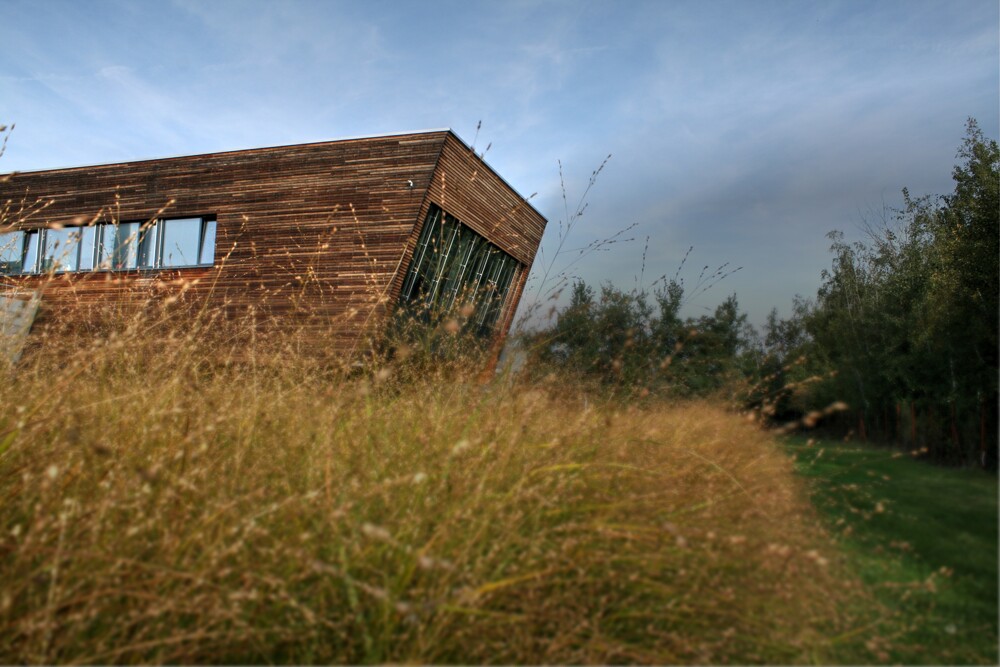

One of the current topics addressed by the University Center for Energy Efficient Buildings of CTU is the connection of BIM and comprehensive assessment of the quality of buildings within their entire life cycle.
Výzkumný projekt BIMIP ongoing at CTU UCEEB within Národního centra kompetence CAMEB (Centre for Advanced Materials and Efficient Buildings) deals with the issue of implementation of BIM (Building Information Management) into the building life cycle processes. The aim is to verify the possibilities of using data from BIM both for a comprehensive assessment of the quality of buildings in the construction design phase, during construction and its optimization, as well as for verifying the real behavior of the building during operation and comparing it with assumptions. The project is verified according to experimentální budově TiCo, which was implemented on the premises of the Czech Technical University UCEEB in 2020. On the BIMIP project, UCEEB cooperates with the companies di5 – architects and engineers, RD Rýmařov and Siemens.
The methodology SBToolCZ is used for the comprehensive quality assessment of buildings in the design phase. For a comprehensive assessment, it is necessary to evaluate approximately 500 criteria, of which approximately 180 parameters can be obtained from the data model of the building created using BIM. This data is then sent via the web interface to the online calculator SBToolCZ, which is one of the outputs of the BIMIP project and will be freely available to designers and architects from January 2021. This part of the assessment will thus be largely automated, which will make construction design more efficient and help wider implementation of assessment tools in practice.
Within the framework of construction, the use of BIM is verified in the process of transition between project preparation, production documentation and the actual execution of the building, precisely on the example of pilotního projektu TiCo.
Part of the project is a comparison of the real behavior of the building with the design. The parameters of energy consumption, use of resources (solar radiation, rainwater) and the quality of the indoor environment are evaluated in terms of CO2, VOC (volatile organic substances), lighting, acoustics, etc. These parameters are monitored by a system of sensors that continuously collect data and compare them with assumed values. Based on the analysis, it is then possible to further improve the efficiency of the measurement and regulation system or to detect unsatisfactory conditions and subsequently resolve them. The data collection and monitoring system is being tested on Siemens' SiHome smart home platform.